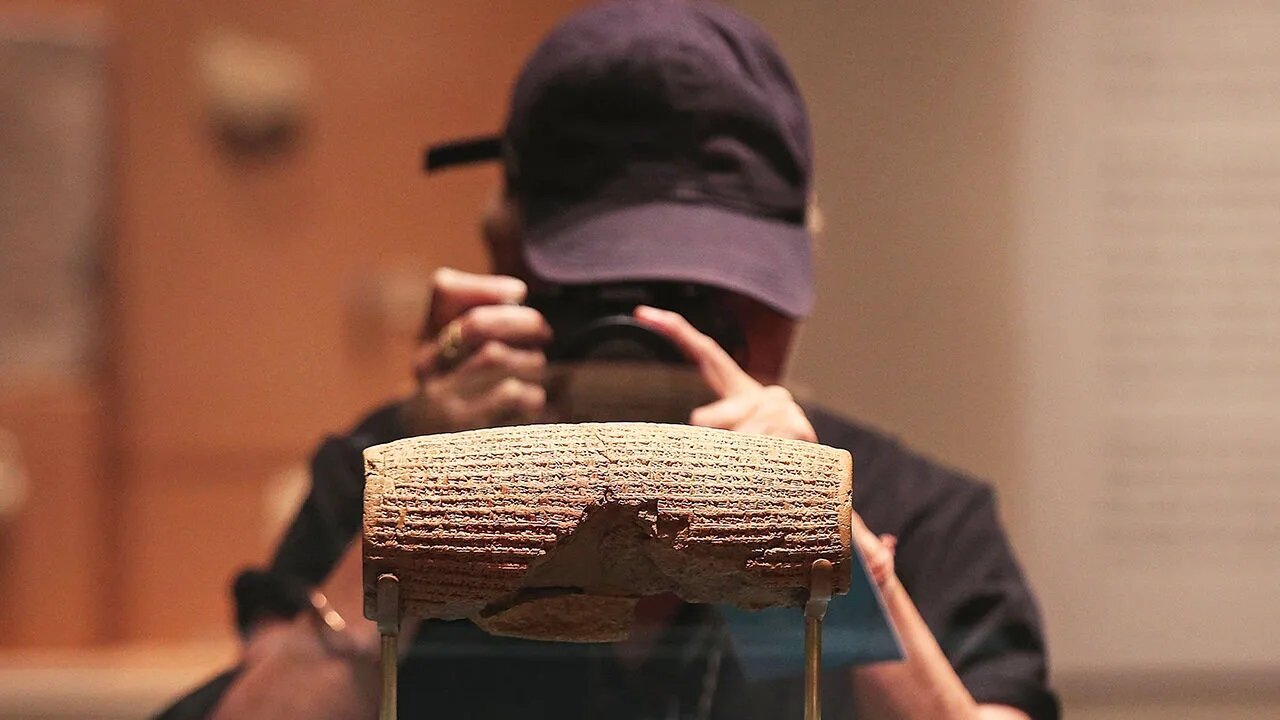Iran, Tajikistan seek UNESCO label for Cyrus Cylinder, famed as world’s first charter of human right

TEHRAN – Iran and Tajikistan have jointly submitted a draft resolution to the 43rd session of UNESCO’s General Conference seeking recognition of the Cyrus Cylinder as a global symbol of early human rights and cultural diversity.
Hassan Fartousi, Secretary-General of the Iranian National Commission for UNESCO, announced the initiative during the 12th Interregional Meeting of UNESCO National Commissions held in Samarkand ahead of the General Conference. He urged representatives of member states to support the proposal, the Mehr reported on Thursday.
Iran and the Republic of Tajikistan have jointly submitted a resolution to the current General Conference proposing that the Cyrus Cylinder be officially recognized as a global emblem of early human rights and respect for cultural diversity, Fartousi was quoted as saying. “This resolution will be adopted with the support of UNESCO member countries.”
Fartousi said the artifact represents an early message of freedom, justice, and coexistence and could serve as inspiration for dialogue among civilizations. He invited all national commissions of UNESCO to join the initiative and promote shared human values and cultural cooperation.
The Cyrus Cylinder, an ancient clay artifact inscribed in Akkadian cuneiform, dates from the 6th century BC. It records the conquest of Babylon by Cyrus the Great in 539 BC and his restoration of religious sanctuaries and displaced peoples. The object was discovered in 1879 in the ruins of Babylon, in present-day Iraq, and is being kept in the British Museum.
The cylinder gained renewed attention in the late 1960s when Iran’s last Shah of Iran described it as the “world’s first charter of human rights.”
Cyrus the Great (born c. 590–580 BC, Media, or Persis [now in Iran]—died c. 529, Asia) was a conqueror who founded the Achaemenian empire, centered on Persia and comprising the Near East from the Aegean Sea eastward to the Indus River. He is also remembered in the Cyrus legend—first recorded by Xenophon, Greek soldier and author, in his Cyropaedia—as a tolerant and ideal monarch who was called the father of his people by the ancient Persians. In the Bible, he is the liberator of the Jews who were captive in Babylonia. In the Bible, Cyrus is famous for freeing the Jewish captives in Babylonia and allowing them to return to their homeland. He conciliated local populations by supporting local customs and even sacrificing to local deities. The capture of Babylon delivered not only Mesopotamia into the hands of Cyrus but also Syria and Palestine, which had been conquered previously by the Babylonians.
UNESCO’s 43rd General Conference, which convenes every two years, gathers representatives from 194 member states to discuss international cooperation in education, science, and culture.
AM
Leave a Comment